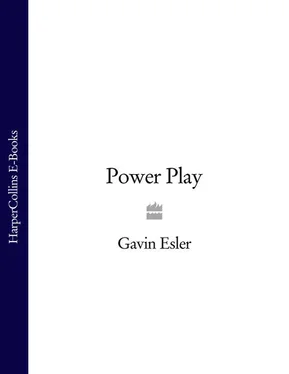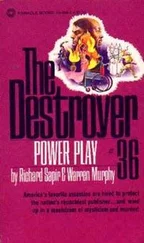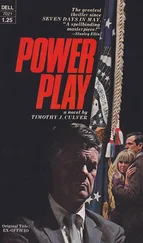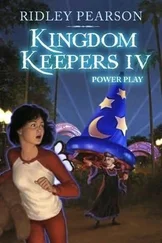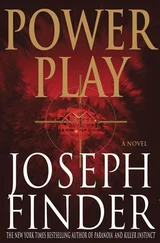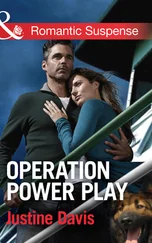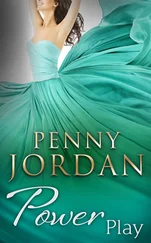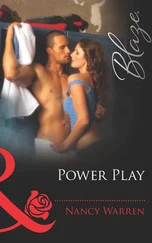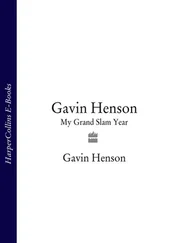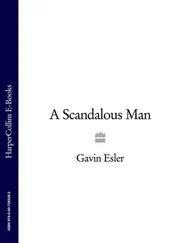‘You could go to university,’ the store manager had said.
Hasina had replied that her family did not want her to study any more and that they needed the money. Shift work was ideal, she said, because it enabled her to look after her elderly grandmother. She might go to university ‘sometime’, she said, if the family agreed. It did not seem much of a big deal.
After he dropped Hasina at the Tube station, the watchers followed Shawfiq Iqbal to Twickenham. He was filmed parking his dark blue Subaru near Harlequins rugby ground, known as ‘The Stoop’, a place he was to return to repeatedly over the next year or so as the Heathrow Airport bomb plot developed. The Stoop lies about half a mile from Twickenham. Shawfiq walked with the crowds streaming along the pavement towards the big game, the Heineken Cup Final, the biggest club rugby event in Europe. Shawfiq had bought a ticket to see London Wasps play Toulouse. In his martyrdom video, Shawfiq explained that he felt weird in the rugby ground, completely foreign. He was uninterested in sport, had never seen a rugby game before, and the ticket for the West Stand was expensive, which he resented.
‘Rugby’, Shawfiq declared aggressively, waving his hands in the martyrdom video, ‘is not a game played by people like me or for people like me.’
He quoted something he had read in a book, a quote attributed to the historian Philip Toynbee. Toynbee was supposed to have said that blowing up the West Stand at Twickenham would set back the cause of English fascism by decades. Shawfiq laughed on the martyrdom video as he jabbed his fingers towards the camera in accusation.
‘When you mess with the Muslims,’ he said, bouncing jauntily at the camera, ‘the Muslims come and mess with you.’
On that day of the Heineken Cup Final, Shawfiq Iqbal was recorded on surveillance cameras and by the watchers walking around inside the ground, taking photographs on a digital camera. Crowds in their tens of thousands streamed towards their seats. The pictures show that Shawfiq photographed the fans drinking beer. He walked around at various levels inside the stadium, photographing the underside of the West Stand and the reinforced concrete pillars on which it stood. At one point he filmed a short movie. He asked a couple of Wasps fans in their yellow-and-black hooped shirts how many people were inside Twickenham at maximum capacity. One fan, with a pint of Guinness in his hand, mugged for the camera as he said it was ‘about eighty thousand.’
‘Eighteen thousand?’
‘No, EIGHTY thousand,’ the fan repeated. ‘Eight-zero.’
‘Wow,’ Shawfiq said, genuinely impressed. He had no idea what was normal for an international rugby match, but, as he said in his emails to Waheed, Umar, and the other conspirators: Eighty thousand is twenty-five times as many as died on 11 September.
‘Eighty thousand,’ you can hear Shawfiq repeat on the camera footage, as if he cannot quite believe it. ‘Wow.’
Shawfiq shot pictures of the bars, souvenir, and programme stands, the hamburger and pie stalls. He confessed in the emails to Waheed and Umar that he had never seen anything like it. When the teams ran out just before kick off he was in his seat. He noted in one email that there were more non-white people among the thirty players on the pitch than among the 80,000 people in the ground. It was all-ticket, all-white; no Asian fans that he could see, anywhere.
‘Where are the Muslims?’ he asked in the email. ‘Where are the Muslims? Muslim Free Zone!’
Shawfiq watched only part of the game. He found the play confusing, brutal, incomprehensible, typical of the worst of Western culture. On that I agree with Shawfiq. Rugby is organized violence broken up with committee meetings. The security cameras and the watchers recorded that he left the ground during the first half after around thirty minutes of play.
Before he did so he was filmed looking up to the sky and watching the long, slow descent of a passenger aircraft towards Heathrow Airport, a few miles away to the west. It was, he wrote in an email to Waheed, an extraordinary sight. Three hundred tons of metal, flying at 250 miles an hour, hanging as if suspended in the air. The possibilities, he decided, were incredible. Shawfiq left the ground and returned to his Subaru near The Stoop. The vehicle by that time had been fitted with listening devices and cameras, and so was the family home. The watchers at first used a white van that they moved near the house; later they rented a small apartment nearby for the months of surveillance that followed as the conspiracy unfolded.
As he drove away from The Stoop, Shawfiq called Hasina on her mobile phone. I suppose he must have been wondering how she had got on in her job interview, but Hasina’s mobile was switched off. Then he switched on the radio to the Five Live commentary which called the Wasps-Toulouse Twickenham game a ‘real thriller’. After a few minutes he turned the radio off and played a CD of a man singing verses–sura–from the Koran. When he arrived home in Hounslow half an hour later, Shawfiq Iqbal spent that evening sending JPEGs of the pictures he had taken to a number of email addresses in different parts of the United Kingdom, with a few annotations and a brief commentary. He prayed. He checked his maps of Heathrow and Twickenham, and then smoked half a dozen cigarettes, lost in thought. Some time later that night his mother told him that Hasina had indeed got the job. She would start work at Heathrow Terminal Five the following week.
That night Hasina took off her make-up and sat by the mirror in her bedroom, brushing her long black hair. In her later statements to police she said that she tried to read a book while lying on her bed, but could not settle. When police raided the house just over a year later they found the book still by her bedside. The novel, White Teeth by Zadie Smith, a story about race relations in multicultural England, was still unfinished. Hasina said from the moment she got the job at Heathrow she could not concentrate on reading, and instead kept wondering why the manager in the shop where she was to work had asked her about her plans for the future and university. At that time, Hasina told the police, she did not know exactly what her brother was planning, but she knew enough to recognize that the future was like a foreign country, which she was not planning to visit. She too prayed before she went to bed.
Details of ‘The Spartacus Solution’ were not leaked, as Kristina and I had feared. They were publicly announced, boasted about by Bobby Black at a news conference two days before the Prime Minister’s visit to Washington. It was as if he had taken a brick and thrown it into a calm pond. I sat at my desk in the embassy watching the Spartacus news conference–as it came to be called–on television, open-mouthed. It began normally, as the regular daily White House press briefing, introduced by the Communications Director Sandy McAuley, who said the Vice-President had a short statement to make. There would be a press handout and the Vice-President would then take questions. An aide passed around a two-page document which turned out to be an executive summary of ‘The Spartacus Solution’ pamphlet that Bobby Black had given me in confidence at the start of the Carr administration.
The news conference led all the TV and radio bulletins, and would ensure that Bobby Black made the cover of Time Magazine, Newsweek, The Economist, Der Spiegel, and the front pages of the main European and American newspapers. He delivered a short statement on the need to meet terror with ‘appropriate severity’, and then called for questions. The BBC’s White House correspondent asked whether–in the light of the Vice-President’s comments about Spartacus–it was pointless the Prime Minister raising the issue of the alleged torture of Muhammad Asif Khan on his visit to the American capital. Bobby Black offered a lopsided grin.
Читать дальше
